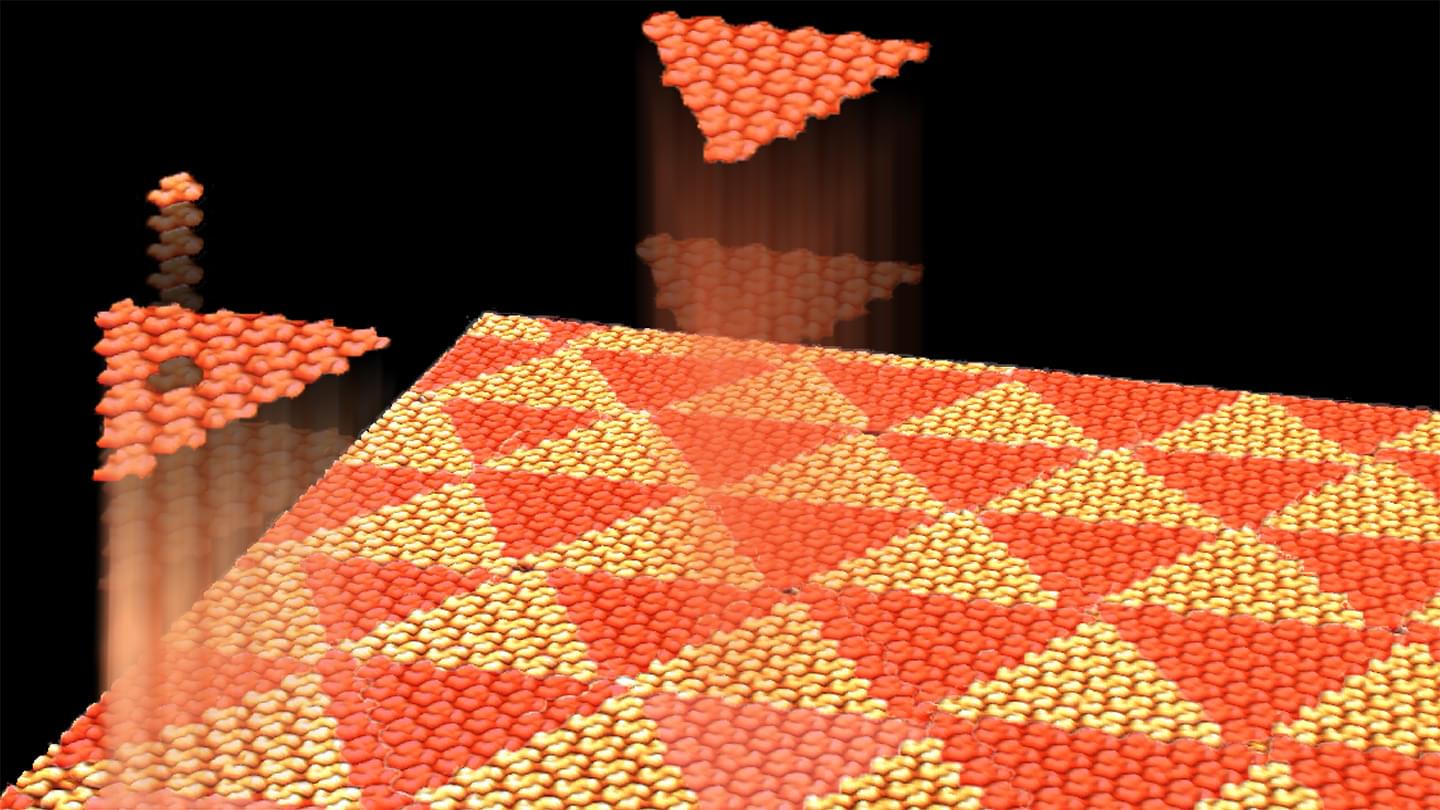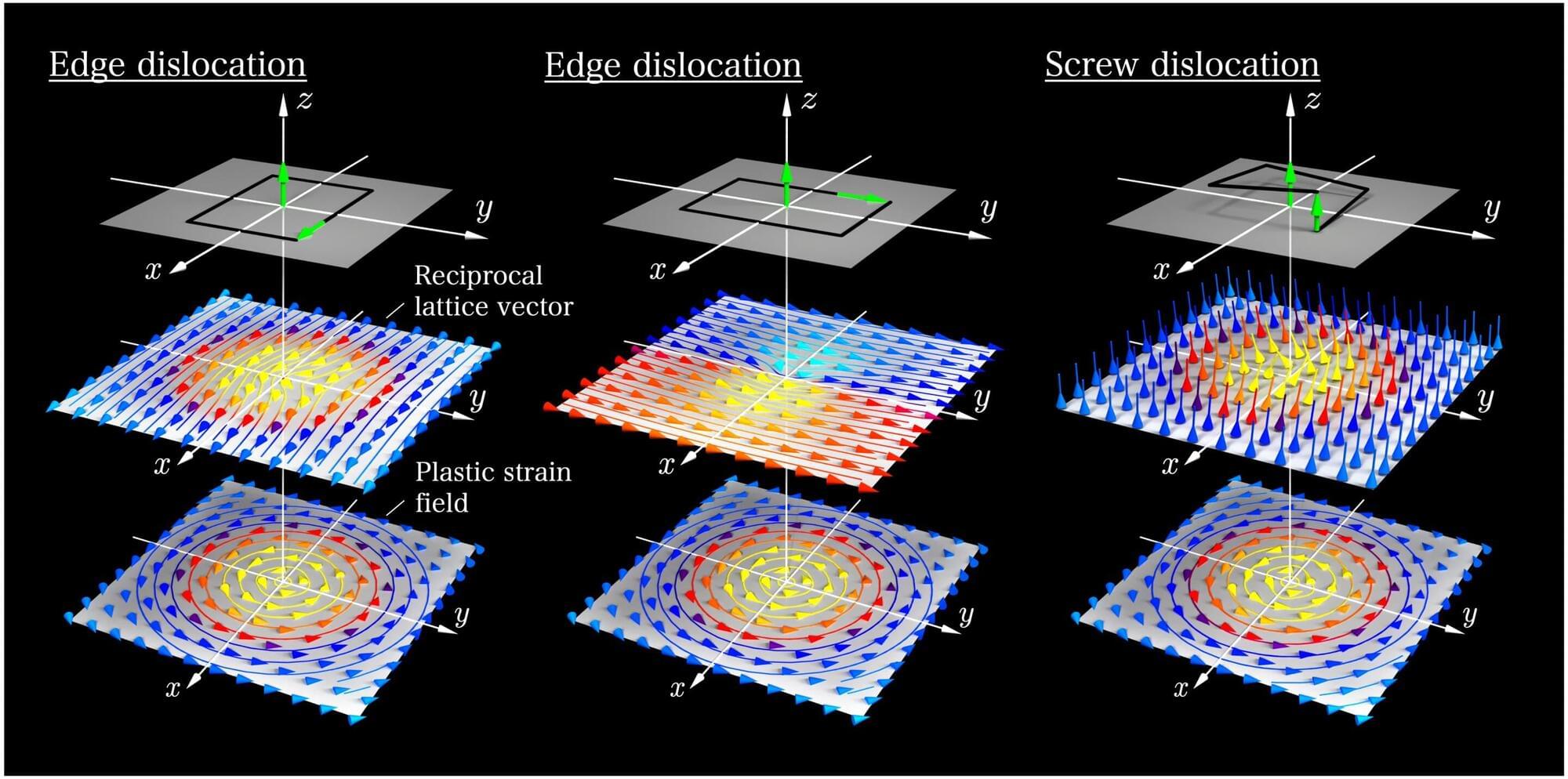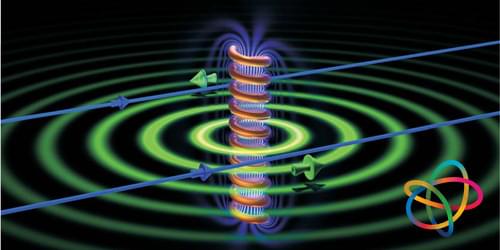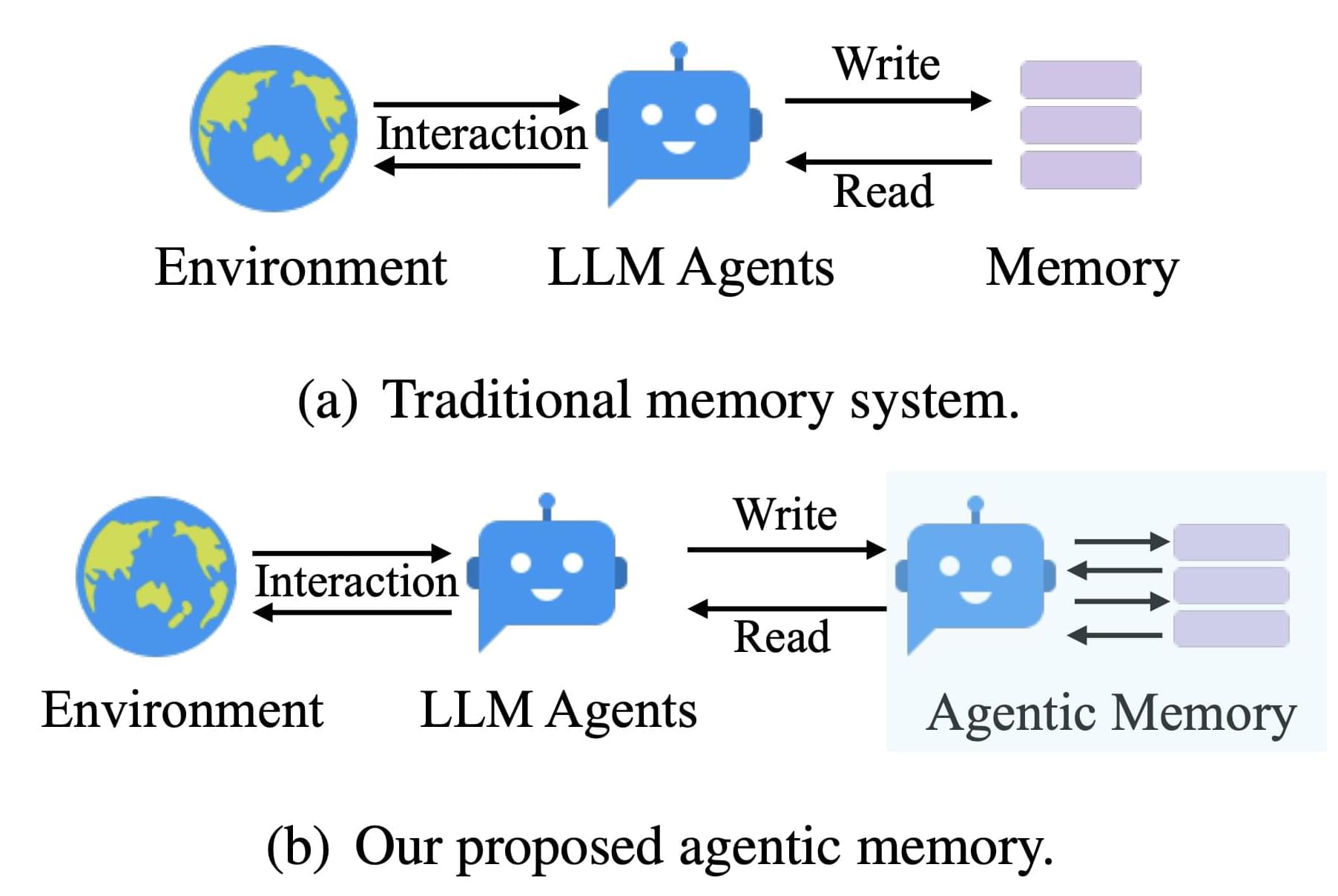Chemists identify a single molecule that naturally tiles in nonrepeating patterns, which could help build materials with novel electronic properties.



A fundamental goal of physics is to explain the broadest range of phenomena with the fewest underlying principles. Remarkably, seemingly disparate problems often exhibit identical mathematical descriptions.
For instance, the rate of heat flow can be modeled using an equation very similar to that governing the speed of particle diffusion. Another example involves wave equations, which apply to the behavior of both water and sound. Scientists continuously seek such connections, which are rooted in the principle of the “universality” of underlying physical mechanisms.
In a study published in the journal Royal Society Open Science, researchers from Osaka University uncovered an unexpected connection between the equations for defects in a crystalline lattice and a well-known formula from electromagnetism.

In this work, I present a coherent and comprehensive argument for the nature of consciousness as the inherent ground of phenomena backed by experimental evidence confirming the predictions make by this hypothesis.
This argument makes its point by establishing an equivalence between all observers, generating a set of observational and mathematical predictions which were then tested and confirmed.
Furthermore, when the core tenet of the argument is accepted, it provides clear, testable explanations for most of the curently unresolved questions regarding consciousness, intelligence, and the nature of observed phenomena.
In human engineering, we design systems to be predictable and controlled. By contrast, nature thrives on systems where simple rules generate rich, emergent complexity. The computational nature of the universe explains how simplicity can generate the complexity we see in natural phenomena. Imagine being able to understand everything about the universe and solve all its mysteries by a computational approach that uses very simple rules. Instead of being limited to mathematical equations, using very basic computational rules, we might be able to figure out and describe everything in the universe, like what happened at the very beginning? What is energy? What’s the nature of dark matter? Is traveling faster than light possible? What is consciousness? Is there free will? How can we unify different theories of physics into one ultimate theory of everything?
This paradigm goes against the traditional notion that complexity in nature must arise from complicated origins. It claims that simplicity in fundamental rules can produce astonishing complexity in behavior. Entering the Wolfram’s physics project: The computational universe!
Thousands of hours have been dedicated to the creation of this video. Producing another episode of this caliber would be difficult without your help. If you would like to see more, please consider supporting me on / disculogic, or via PayPal for a one-time donation at https://paypal.me/Disculogic.
Chapters:
00:00 Intro.
01:48 Fundamentally computational.
08:51 Computational irreducibility.
13:14 Causal invariance.
16:16 Universal computation.
18:44 Spatial dimensions.
21:36 Space curvature.
23:52 Time and causality.
27:12 Energy.
29:38 Quantum mechanics.
31:31 Faster than light travel.
34:56 Dark matter.
36:30 Critiques.
39:15 Meta-framework.
41:19 The ultimate rule.
44:21 Consciousness.
46:00 Free will.
48:02 Meaning and purpose.
49:09 Unification.
55:14 Further analysis.
01:02:30 Credits.
#science #universe #documentary

In classical electromagnetism, electric and magnetic fields are the fundamental entities responsible for all physical effects. There is a compact formulation of electromagnetism that expresses the fields in terms of another quantity known as the electromagnetic potential, which can have a value everywhere in space. The fields are easily derived theoretically from the potential, but the potential itself was taken to be purely a mathematical device, with no physical meaning.
In quantum mechanics, shifts in the electromagnetic potential alter the description of a charged particle only by shifting its phase—that is, by advancing or retarding the crests and troughs in its quantum wave function. In general, however, such a phase change does not lead to any difference in the measurable properties of a particle.
But in 1959 Yakir Aharonov and David Bohm of the University of Bristol, UK, devised a thought experiment that linked the potential to a measurable result. In their scenario, a beam of electrons is split, with the two halves made to travel around opposite sides of a cylindrical electromagnet, or solenoid. The magnetic field is concentrated inside the solenoid and can be made arbitrarily weak outside by making the cylinder extremely narrow. So Aharonov and Bohm argued that the two electron paths can travel through an essentially field-free region that surrounds the concentrated field within the electromagnet.

Georg Ferdinand Ludwig Philipp Cantor (/ ˈ k æ n t ɔːr / KAN-tor; German: ; 3 March [O.S. 19 February] 1845 – 6 January 1918 [ 1 ] ) was a mathematician who played a pivotal role in the creation of set theory, which has become a fundamental theory in mathematics. Cantor established the importance of one-to-one correspondence between the members of two sets, defined infinite and well-ordered sets, and proved that the real numbers are more numerous than the natural numbers. Cantor’s method of proof of this theorem implies the existence of an infinity of infinities. He defined the cardinal and ordinal numbers and their arithmetic. Cantor’s work is of great philosophical interest, a fact he was well aware of. [ 2 ]
Originally, Cantor’s theory of transfinite numbers was regarded as counter-intuitive – even shocking. This caused it to encounter resistance from mathematical contemporaries such as Leopold Kronecker and Henri Poincaré [ 3 ] and later from Hermann Weyl and L. E. J. Brouwer, while Ludwig Wittgenstein raised philosophical objections; see Controversy over Cantor’s theory. Cantor, a devout Lutheran Christian, [ 4 ] believed the theory had been communicated to him by God. [ 5 ] Some Christian theologians (particularly neo-Scholastics) saw Cantor’s work as a challenge to the uniqueness of the absolute infinity in the nature of God [ 6 ] – on one occasion equating the theory of transfinite numbers with pantheism [ 7 ] – a proposition that Cantor vigorously rejected.

Paper: https://arxiv.org/abs/2502.12110v1
GitHub Page: https://github.com/WujiangXu/AgenticMemory
Current memory systems for large language model (LLM) agents often struggle with rigidity and a lack of dynamic organization. Traditional approaches rely on fixed memory structures—predefined storage points and retrieval patterns that do not easily adapt to new or unexpected information. This rigidity can hinder an agent’s ability to effectively process complex tasks or learn from novel experiences, such as encountering a new mathematical solution. In many cases, the memory operates more as a static archive than as a living network of evolving knowledge. This limitation becomes particularly apparent during multi-step reasoning tasks or long-term interactions, where flexible adaptation is crucial for maintaining consistency and depth in understanding.
Researchers from Rutgers University, Ant Group, and Salesforce Research have introduced A-MEM, an agentic memory system designed to address these limitations. A-MEM is built on principles inspired by the Zettelkasten method—a system known for its effective note-taking and flexible organization. In A-MEM, each interaction is recorded as a detailed note that includes not only the content and timestamp, but also keywords, tags, and contextual descriptions generated by the LLM itself. Unlike traditional systems that impose a rigid schema, A-MEM allows these notes to be dynamically interconnected based on semantic relationships, enabling the memory to adapt and evolve as new information is processed.
At its core, A-MEM employs a series of technical innovations that enhance its flexibility. Each new interaction is transformed into an atomic note, enriched with multiple layers of information—keywords, tags, and context—that help capture the essence of the experience. These notes are then converted into dense vector representations using a text encoder, which enables the system to compare new entries with existing memories based on semantic similarity. When a new note is added, the system retrieves similar historical memories and autonomously establishes links between them. This process, which relies on the LLM’s ability to recognize subtle patterns and shared attributes, goes beyond simple matching to create a more nuanced network of related information.
Nobel Laureate Andrea Ghez joins Brian Greene to explore her decade’s long pursuit of the supermassive black hole at the center of the Milky Way Galaxy.
This program is part of the Big Ideas series, supported by the John Templeton Foundation.
Participant: Andrea Ghez.
Moderator: Brian Greene.
00:00 Introduction.
00:46 The Discovery of a Supermassive Black Hole.
01:50 Early Influences and Childhood Curiosity.
03:01 The Impact of the Moon Landing.
04:16 From Math to Physics.
05:42 Women in Science.
07:30 Falling in Love with Astronomy and Telescopes.
09:01 Supermassive vs. Stellar Black Holes.
12:05 Overcoming Doubts in Scientific Research.
15:33 The Search for the Black Hole in the Milky Way.
18:00 Developing Techniques for Infrared Astronomy.
21:12 The Long Journey to a Scientific Breakthrough.
24:45 The Moment of Discovery.
30:20 The Future of Black Hole Research.
32:45 Closing Thoughts and Advice for Aspiring Scientists.
35:10 Unlocking the Mysteries of the Universe.
41:30 Q&A
VISIT our Website: http://www.worldsciencefestival.com.
FOLLOW us on Social Media:
Facebook: / worldsciencefestival.
Twitter: / worldscifest.
Instagram: / worldscifest.
TikTok: / worldscifest.
LinkedIn: / world-science-festival.
#worldsciencefestival #briangreene #cosmology #astrophysics
Visit Consensus.app and Enter code KEATING at checkout for 40% off Consensus Premium for 2 Years or visit this link 👉 https://bit.ly/ConsensusApp.
Please join my mailing list here 👉 https://briankeating.com/yt to win a meteorite 💥
Is the key to understanding our universe hidden in its mirror image? Are the answers cosmologists seek much simpler than we think? And can we explain the origin of the universe without inflation?
Here today to share his bold new theory is the renowned physicist and cosmologist Neil Turok. Neil, who specializes in mathematical and early-universe physics, is the Higgs Chair of Theoretical Physics at the University of Edinburgh and Director Emeritus of the Perimeter Institute for Theoretical Physics. Recently, he’s been getting a lot of attention for proposing a simpler, more testable cosmological model that replaces inflation with a CPT-symmetric Mirror Universe, explaining dark matter, cosmic flatness, and density variations without adding unnecessary complexity.
Join us as we explore this provocative new theory in depth!
👉 ‘Cosmic Inflation’: did the early cosmos balloon in size? A mirror universe going backwards in time may be a simpler explanation by Neil Turok: https://shorturl.at/jr8kd.
“The Ouroboros Code” explores the intersection of science and spirituality through the lens of digital alchemy and self-simulation. Authored by Antonin Tuynman, the book presents a philosophical framework called “The Transcendental Metaphysics of Pancomputational Panpsychism” exploring how consciousness may be the fundamental ground of existence and the universe a self-modifying code. Tuynman investigates topics like the nature of intelligence, the limits of computation, and the possibility of artificial general intelligence. The book draws on concepts from physics, information theory, mathematics, and various spiritual traditions, aiming to bridge the gap between objective and subjective realities. It builds upon the author’s previous works and incorporates insights from various scientists and thinkers. Ultimately, the book seeks to understand how the universe, through a recursive process, generates and experiences itself. *Available as a Kindle eBook, paperback, and Audible audiobook: https://www.amazon.com/Ouroboros-Code?tag=lifeboatfound-20… #SelfSimulation #Pancomputationalism #DigitalPhysics #ComputationalPhysics